We’re preparing for the launch of our first #Artemis mission to the Moon. Get a preview of the launch countdown and see how NASA’s Space Launch System will send NASA’s Orion Spacecraft to lunar orbit: https://go.nasa.gov/2NH0HAA
Get the latest international news and world events from around the world.
Quantum Computing Fundamentals
The quantum computing revolution is upon us.
Establish a foundation of knowledge for understanding quantum computing with this two-course online program. Starts October 7th, 2019.
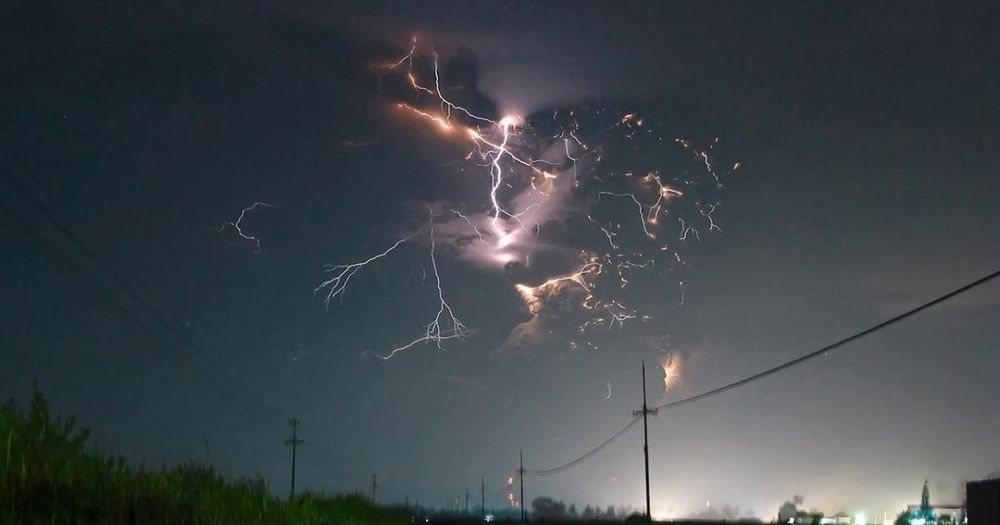
Scientists Are Hunting For A Mirror Universe And Attempting To Open Portals Into It
Imagine a world where everything is exactly the same as this one but no one knows of its existence, even though it could be staring you right in the face. These are called mirror universes — a parallel world in a different time space. While this prospect may seem a bit fetched to many, Leah Broussard believes that these parallel universes are actually very real. In fact, she, along with her colleagues at Oak Ridge National Laboratory in Tennessee, is on the hunt for a mirror universe and plans on opening portals to them.
Broussard is attempting to open a portal to a parallel universe by, what she calls “oscillation” which would eventually lead her to mirror matter. To conduct these experiments during the upcoming summer, Broussard will send a beam of subatomic particles down a 50-foot tunnel, past a powerful magnet, and into an impenetrable wall.
So what’s the point of that? Well, if the setup is just right, some of those particles will transform into mirror-image versions of themselves, allowing them to tunnel right through the wall. If it works, this would be the first proof of a mirror universe. The whole experiment will only take around a day but analyzing the data will take many weeks afterward. Either way, it won’t be long before the results are published.
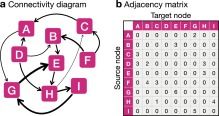
What would a synthetic connectome look like?
About ScienceDirect
We use cookies to help provide and enhance our service and tailor content and ads. By continuing you agree to the use of cookies.
Copyright © 2019 Elsevier B.V. or its licensors or contributors. ScienceDirect ® is a registered trademark of Elsevier B.V.
China’s new submarine engine is poised to revolutionize underwater warfare
A Chinese admiral reveals that China has mastered a new and silent electrical propulsion system for submarines.
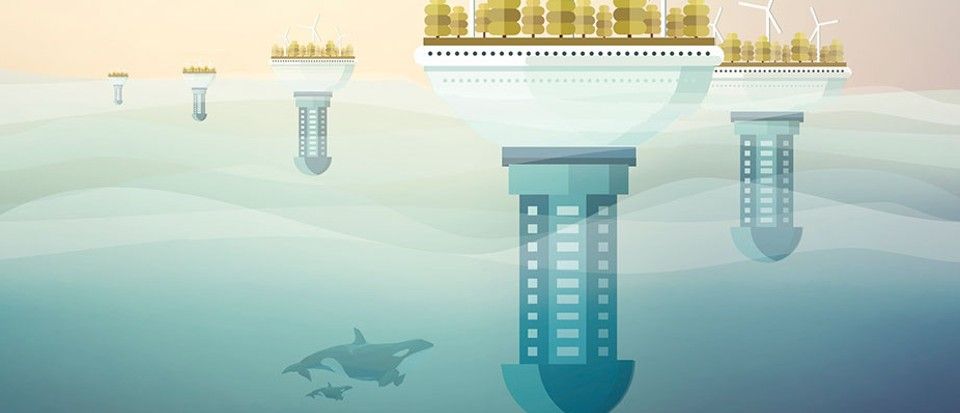
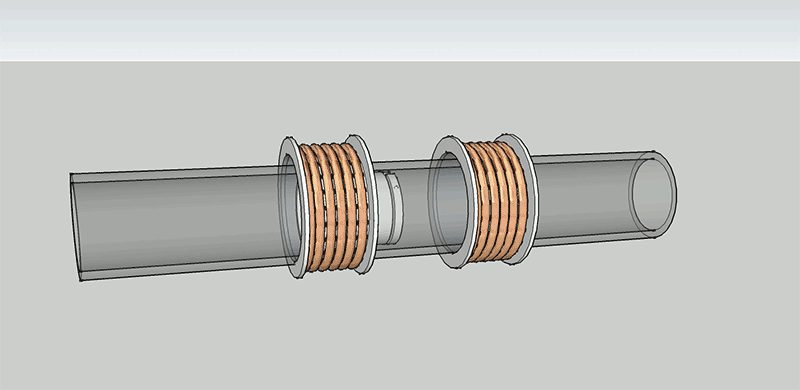
A Caterpillar Drive That Actually Looks Like A Caterpillar
[Tom Clancy]’s The Hunt For Red October is a riveting tale of a high-level Soviet defector, a cunning young intelligence analyst, a chase across the North Atlantic, and a new submarine powered by a secret stealth ‘caterpillar’ drive. Of course there weren’t a whole lot of technical details in the book, but the basic idea of this propulsion system was a magnetohydrodynamic drive. Put salt water in a tube, wrap a coil of wire around the tube, run some current through the wire, and the water spits out the back. Yes, this is a real propulsion system, and there was a prototype ferry in Japan that used the technology, but really the whole idea of a caterpillar drive is just a weird footnote in the history of propulsion.
This project for the Hackaday Prize is probably the closest we’re going to see to a caterpillar drive, and it can do it on a small remote-controlled boat. Instead of forcing water out of the back of a tube with the help of magic pixies, it’s doing it with a piston. It’s a drive for a solar boat race, and if you look at the cutaway view, it does, indeed, look like a caterpillar.
Instead of pushing water through a tube by pushing water through a magnetic field, this drive system is something like a linear motor, moving a piston back and forth. The piston contains a valve, and when the piston moves one way, it sucks water in. When the piston moves in the opposite direction, it pushes water out.
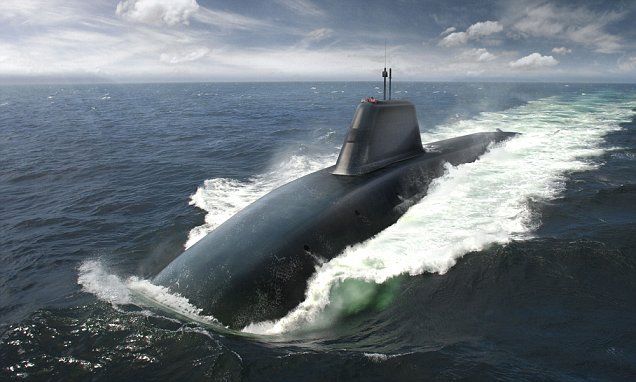
US Navy is developing ‘supersonic submarine’ inside a bubble
As swimmers know, moving cleanly through the water can be a problem due o the huge amounts of drag created — and for submarines, this is even more of a problem.
However, US Navy funded researchers say they have a simple solution — a bubble.
Researchers at Penn State Applied Research Laboratory are developing a new system using a technique called supercavitation.
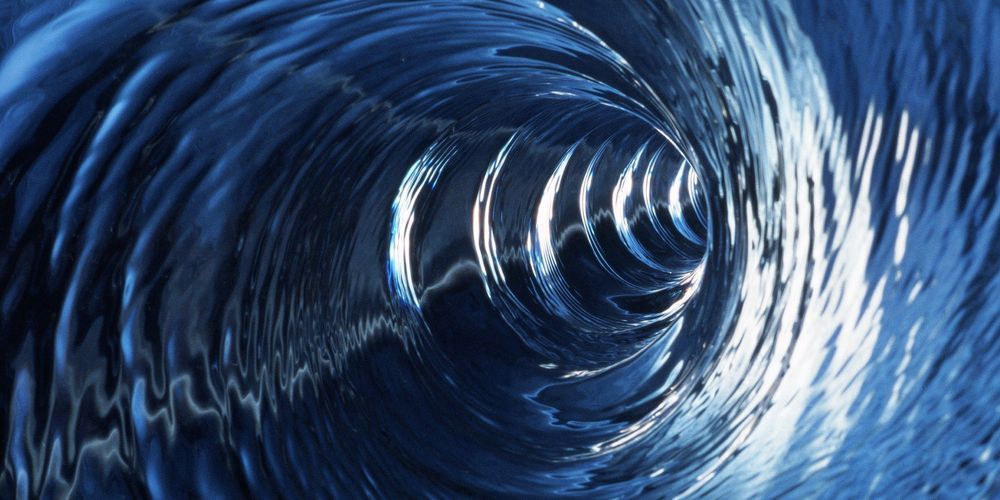
The Magnetohydrodynamic Drive Is Real—and You Can Build One
I know it’s an old movie (and it was an even older book before that), but I want to look at the physics of the special submarine drive in The Hunt for Red October. In the story, the Russians build a so-called “caterpillar drive” using hydro-magneto power instead of the traditional propeller. This new drive is way quieter than the traditional type—so quiet that it could sneak up on the United States and blow it up. Spoiler alert: It doesn’t.
Here is the cool part: This magnetohydrodynamic drive, which turns water into a sort of rotor, is a real thing. (Although technically in the book version this drive is something other than magnetohydrodynamic. Quibbles.) In fact, it’s pretty simple to build. All you really need is a battery, a magnet, and some wires. Oh, also this will have to operate in salt water, so you might need some salt. Here is the basic setup.
You’ve read your last complimentary article this month. To read the full article, SUBSCRIBE NOW. If you’re already a subscriber, please sign in and and verify your subscription.
New research sheds light on a possible cause of autism: processed foods
The more we learn about the microbiome, the more the pieces are fitting together.